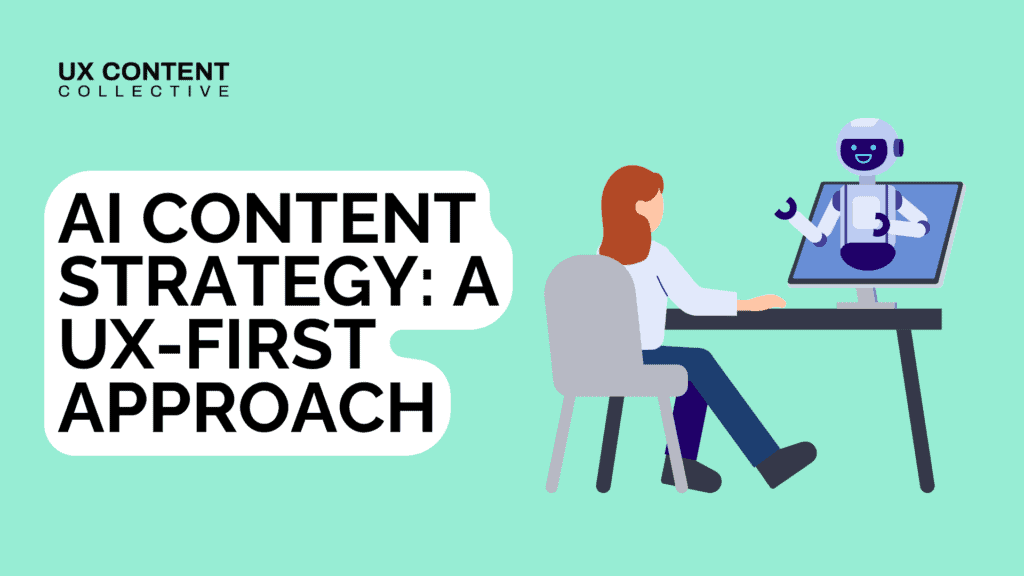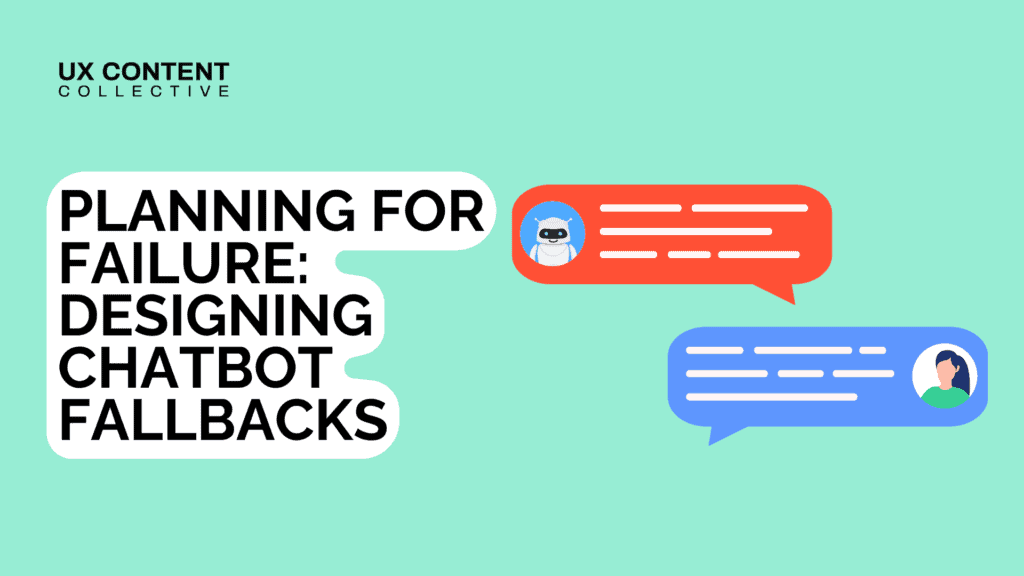AI content strategy defines how language functions inside AI systems. It sets the rules for what language is available to the model, how that language is structured, and how it should behave in response to real user input.
This work includes shaping training data, curating what content gets retrieved, and designing prompts that guide the system’s output. It replaces static authoring with dynamic systems with language that responds, adapts, and generates at scale.
Again, we’d categorize AI-driven content strategy as sitting inside traditional content strategy frameworks. But it does add new responsibilities that include
- Structuring language as data, not just organizing it in a CMS
- Building content flows around model retrieval and inference, not just user navigation
- Designing prompts as interaction patterns, not just text snippets or tone guides
UX content professionals are well positioned to do this work. We specialize in clarity, context, accessibility, and intent, exactly the traits that shape how AI systems communicate.
A mature AI-driven content strategy includes frameworks, content models, prompt libraries, and evaluation systems. It aligns the system’s language with product goals, user needs, and safety standards. It’s not a single document. It’s infrastructure.






